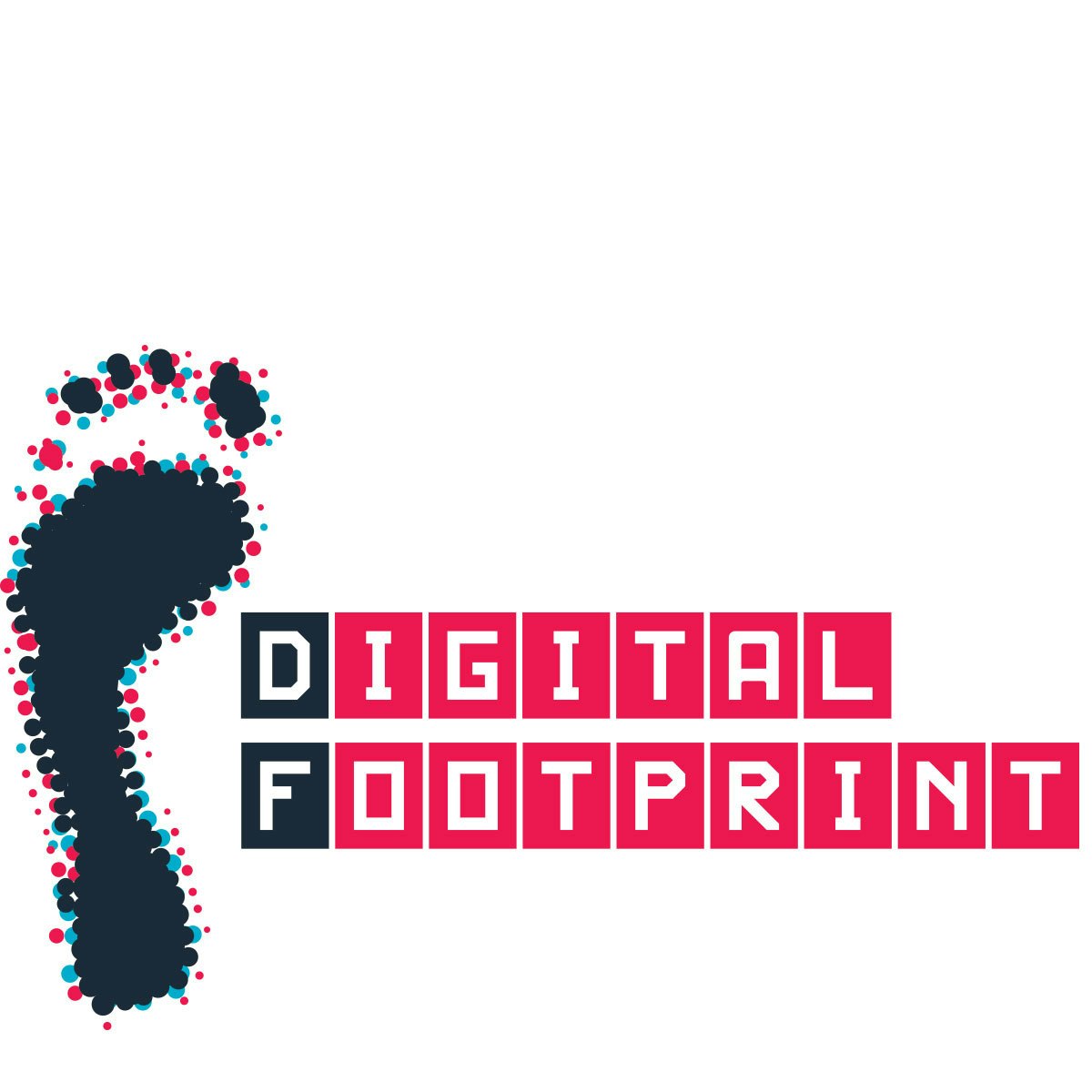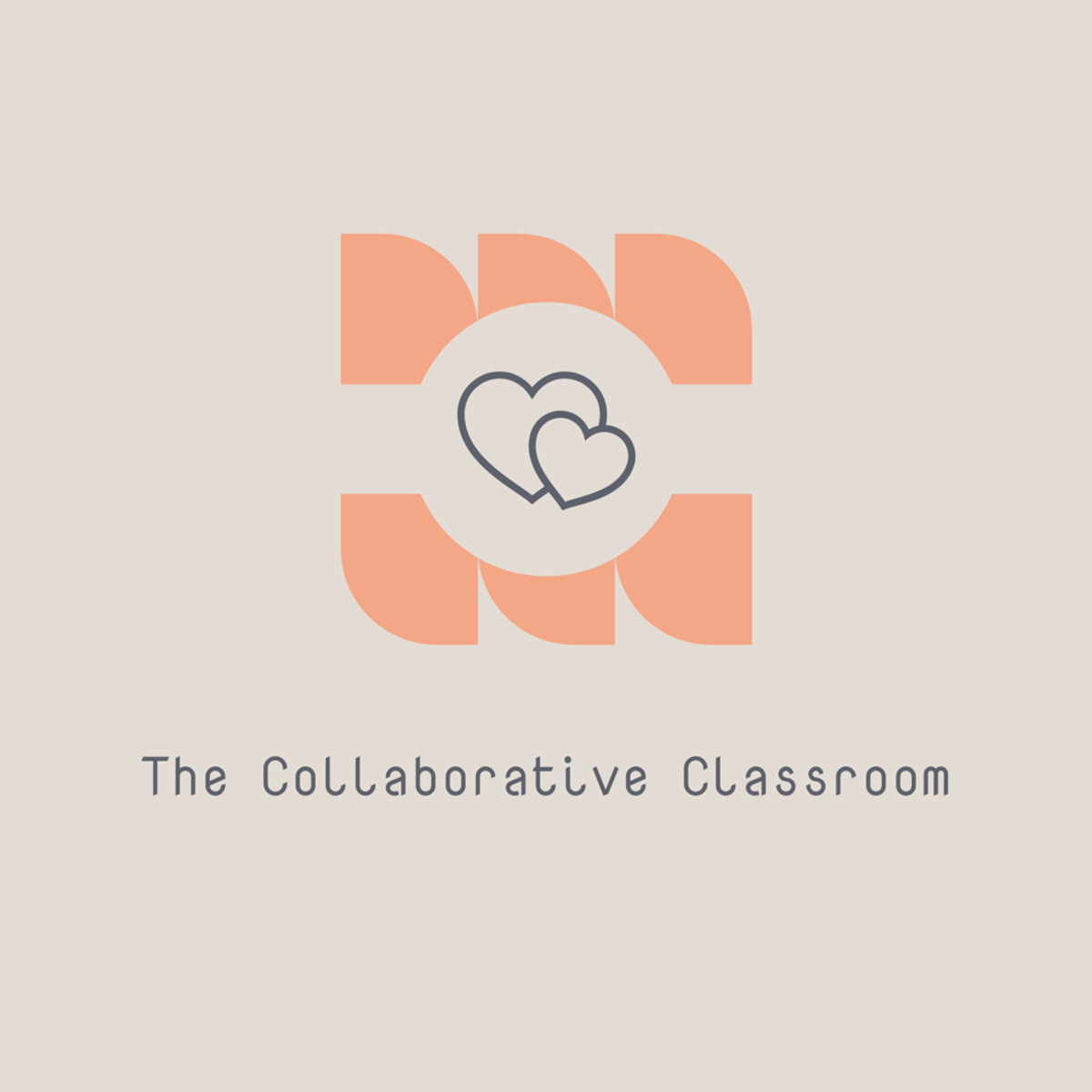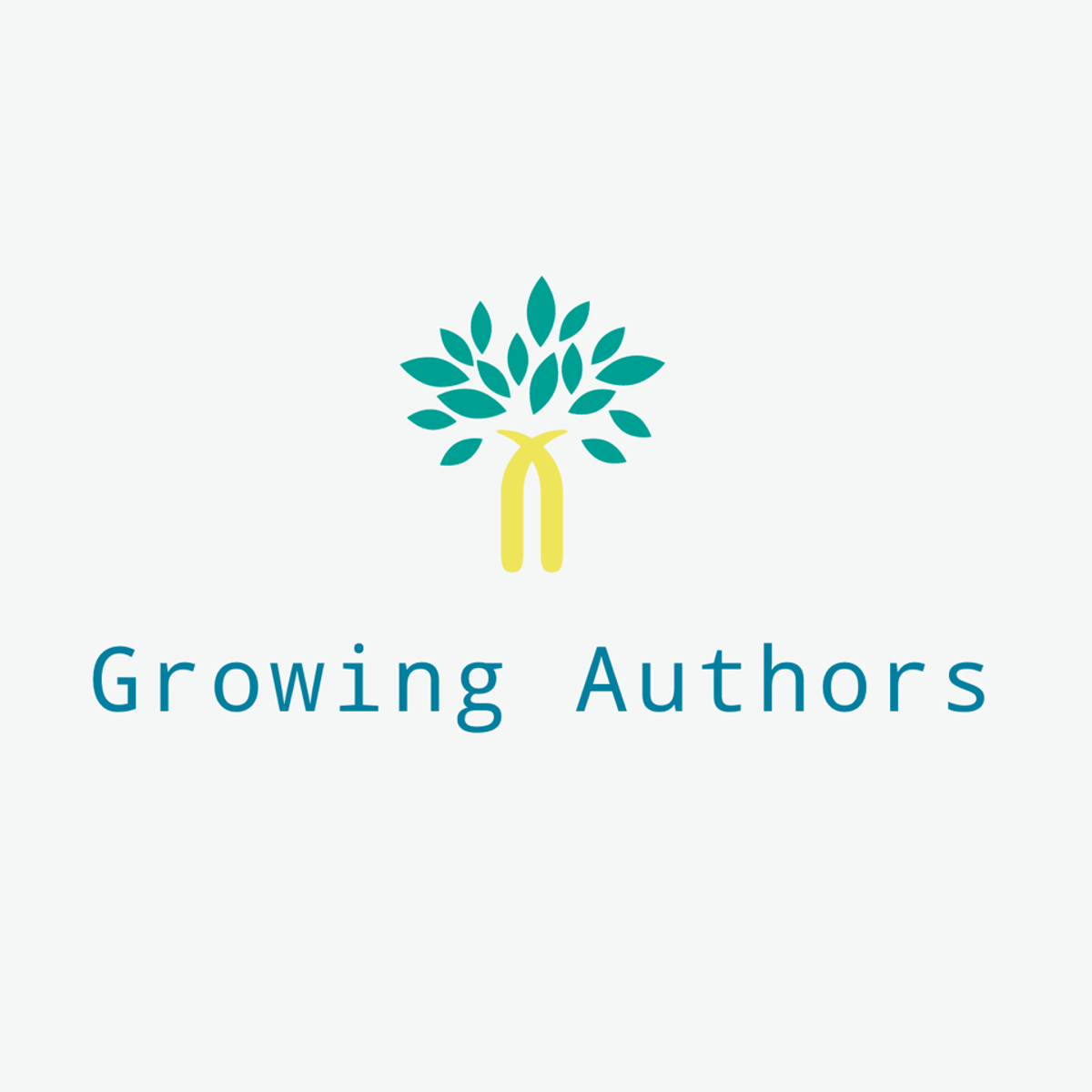Back to Courses









Personal Development Courses - Page 27
Showing results 261-270 of 514

William Shakespeare's Romeo & Juliet: An Actor's Perspective
Have you ever wanted to read Shakespeare's Romeo and Juliet? This course will provide a guided reading of the script and expose you to the perspectives of actors who've performed in the play. It primarily consists of interviews with 14 professional actors who have participated in at least one production of Romeo & Juliet somewhere in the US, at theaters and Shakespeare festivals including the American Shakespeare Center, American Players Theatre, and the Arkansas, Colorado, Illinois, New Jersey, and Utah Shakespeare Festivals.
In completing this course, learners will be able to describe the plot of Romeo & Juliet, identify major characters and themes, analyze and interpret heightened text, and consider multiple theatrical approaches to the play.
This course strives to be of interest to multiple audiences, but we think it may particularly appeal to...
* Shakespeare enthusiasts and the Shakespeare curious in all walks of life
* Actors, theater practitioners, and teachers of Shakespeare everywhere
* Secondary school and college students interested in expanding their studies of Shakespeare
* Interested readers with little or no familiarity with Shakespeare
Logo image courtesy of https://picryl.com/media/romeo-and-juliet-12

Create a Story in Tableau Public
Now more than ever, people need access to data to gain insights and make quick business decisions. Some of the world's top organizations choose Tableau to help teams organize, visualize, and analyze data to drive better results while saving time and reducing costs. Adding Tableau Public to your skillset will put you ahead of the curve in the current job market, aid in professional growth, and yield better business results.
'Create a Story in Tableau Public' guided project is for anyone who wants to quickly get hands-on experience building charts and dashboards to tell a story using data. In this project, you will create a packed bubbles chart, treemap, and line charts to tell the story of the Tour de France bicycle race using a sample data set. By the end of this project, you will know how to connect an Excel data set, prepare simple dashboards, and create a story in Tableau Public to share your data insights online.

Digital Footprint
If I Googled you, what would I find?
As we move around the online world we leave tracks and traces of our activity all the time: social media accounts, tagged images, professional presences, scraps of text, but also many artefacts we don't always realise we are leaving behind, or that others leave about us.
In this course you will hear from a range of experts and you will have an opportunity to explore and reflect on your own online tracks and traces, to understand why your digital footprint is important. We will introduce you to some of the tools and approaches to effectively manage your online presence (or digital footprint).
The course will focus on the different dimensions of a digital footprint, including developing an effective online presence, managing your privacy, creating opportunities for networking, balancing and managing professional and personal presences (eprofessionalism). By the end of this course (MOOC) you should be equipped to ensure that your digital footprint works for you, whether you want to be more private online, or are looking to create a more effective and impactful presence.
You can also join the conversation on Twitter using the hashtag #DFMOOC and follow us @DFMOOC
We hope you enjoy the course!

Use the IE Matrix to Analyze and Set Your Strategy
By the end of this guided project, you will be able to formulate your corporate strategy with the Internal-External (IE) Matrix. The IE framework is a diagnostic and prescriptive tool for maximizing competitiveness, and effective resources allocation. The framework is used to compare the various divisions of an organization in terms of revenue and percentage profit with respect to IFE-EFE matrix. Also, there are three main regions on the IE matrix and they inform the strategy to be pursued given the analysis conducted. The project is for business leaders and strategists who want to make informed corporate strategic decisions. At the end of the project, you will be able to use the model to make effective strategic decisions

Mindfulness and Well-being: Peace in, Peace Out
The purpose of this course is to introduce mindfulness as a robust tool for spiritual development. Highlighting its rich traditional roots, the course explores the capacity of mindfulness to expand understanding about the nature of human consciousness and facilitate certain transcendent emotional experiences, including awe, wonder and flow. Designed for practical application, the course includes a variety of meditations, reflective exercises and activities to help make the material personally meaningful and is the culmination of a specialization created to promote holistic well-being through the practice of mindfulness.

Unleash Student Creativity with Buncee
By the end of this project, you will be able to use Buncee to unleash your students’ creativity. Buncee is “a creation and communication tool… to create interactive content, allowing those of all ages to visualize concepts and communicate creatively.” With Buncee, learning becomes more personalized as students are able to share through engaging multimedia projects using Buncee’s templates, stickers, and animations. Throughout this project, we will work together to ensure that you are confident using Buncee as a learning tool so that you can empower your students to communicate their learning in new and creative ways.
*You will need a free trial of Buncee for this project.

Evaluating Problems
The second course of the specialization EVALUATING PROBLEMS will show you how humans think and how to utilize different disciplinary approaches to tackle problems more effectively. It advances your knowledge of your own field by teaching you to look at it in new ways.
EVALUATING PROBLEMS is constructed in the following way: Week I. “Thinking about Thinking” – How problem solving evolved in nature, how the mechanics of our brains work, and the psychological biases that can emerge when we think. Week II. “Philosophy, Science, and Problem Solving” – How humans have historically approached problem solving, from ancient times to the present. Week III. “Approaching Problems in the Natural Sciences” – How people in the natural sciences deconstruct problems. Week IV. “Statistics and Problem Solving” – How statistics can be used to evaluate problems and think critically. Week V. “Approaching Problems in the Humanities” – How people in the social sciences and humanities deconstruct problems. Week VI. “Evaluating the Anthropocene” – How to evaluate the problems of the Anthropocene.

Create Student Books with Book Creator
By the end of this project, you will be ready to use Book Creator to make student writing come to life. With Book Creator’s tools, you can create interactive stories, digital portfolios, research journals, instruction manuals, comic adventures, and more. Regardless of your students age or the subject they are learning, your students can demonstrate their understanding through Book Creator. Throughout each task, we will work together to ensure that you are confident in how to use Book Creator to help your students succeed.

Be Your Best Creative Self
Welcome to Be Your Best Creative Self, the second course in the Personal Development for Professional Success Specialization.
This course is for creative professionals who want to work more efficiently and at higher levels of both job satisfaction and success. As students work through this course, they will:
• learn to make the creative state more reliable and productive
• fine-tune their personal brand so that they present themselves positively and accurately
• learn basic skills for working with others that will help to avoid traps as well as to enable success
As much as anything, this is a survival-skills class designed to help creative professionals take control of their careers. The assignments and exercises are intended to build a creative community in which students gain confidence and grow together.

Stanford's Short Course on Breastfeeding
Stanford's Short Course on Breastfeeding was designed for new mothers and the people who support them. This engaging, one-week learning experience, provides participants with everything they need to know to more successfully establish breastfeeding – or support a new mother who has decided to breastfeed. We created the course because we recognize that there is a very small window in which successful, exclusive breastfeeding can be established, and that many new mothers are mastering this skill during a busy and sometimes stressful time. Brought to life by beautiful illustrations and interviews with international mothers, we hope to reach the broadest spectrum of mothers, helping them understand the current recommendations, challenges, benefits and practical considerations around breastfeeding - while simultaneously inspiring them to consider breastfeeding as the first choice for feeding their babies.
And now for the legal stuff...
Disclaimer of Warranty and Limitation of Liability
THE INFORMATION IN THIS COURSE IS PROVIDED "AS IS" WITHOUT ANY REPRESENTATION, OR WARRANTIES, EXPRESS OR IMPLIED. DIGITAL MEDIC AND STANFORD MEDICINE ARE NOT LIABLE FOR ANY TYPE OF LOSS OR INJURY, OR ANY DAMAGES WHETHER DIRECT OR INDIRECT, ARISING FROM USE OF THIS COURSE. This course is not a substitute for the advice, diagnosis or treatment by an appropriately qualified and licensed physician or other health care provider.
Copyright 2018 Stanford University.
The course videos must be used according to the term of our Creative Commons License available at https://creativecommons.org/licenses/by-nc-nd/4.0/: free distribution with attribution, no commercial use, no derivatives.
Popular Internships and Jobs by Categories
Find Jobs & Internships
Browse
© 2024 BoostGrad | All rights reserved